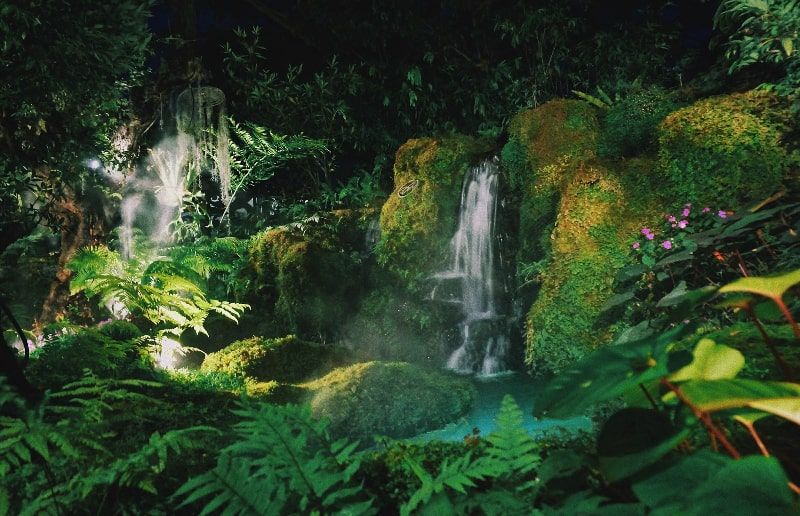The Evergreen Forest of Mexico: An Overview
The evergreen forests are the most exuberant plant communities, they are formed by trees up to 30m or higher, of very diverse species that keep their foliage all year round. They are very complex ecosystems with a high variety of species from one place to another.





